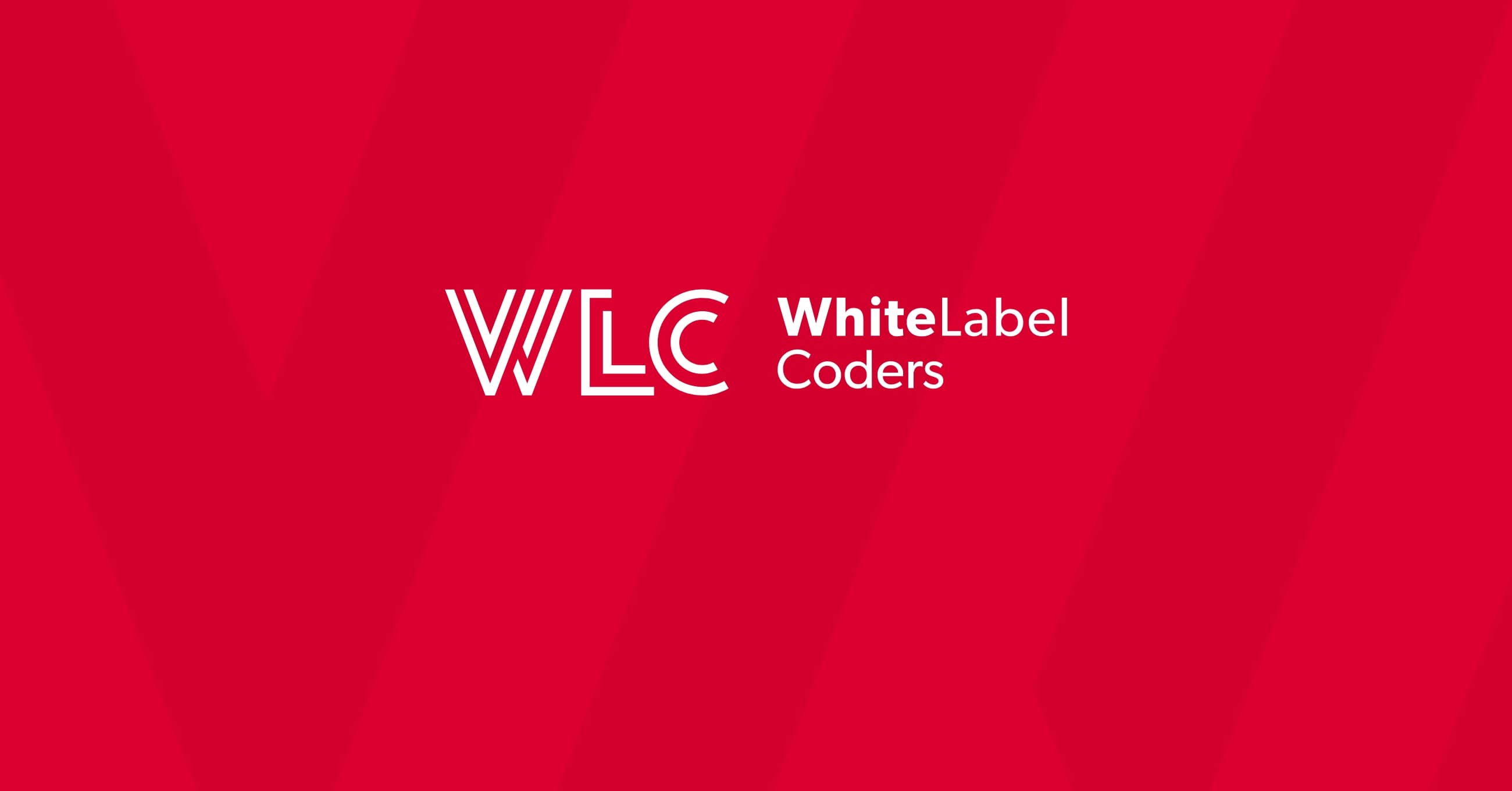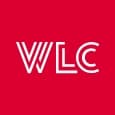Category: SEO AI
What is multilingual WordPress custom development?

Multilingual WordPress custom development involves creating tailor-made solutions that enable websites to serve content in multiple languages without relying on standard translation plugins. Unlike basic plugin-based approaches, custom development builds multilingual functionality directly into your WordPress architecture, offering superior performance, flexibility, and complete control over how your global audience experiences your content across different languages and regions.
Understanding multilingual WordPress custom development fundamentals
Multilingual WordPress development represents a sophisticated approach to creating websites that can seamlessly serve diverse global audiences. At its core, this involves building systems that handle multiple languages at the database, theme, and functionality levels.
The fundamental difference between custom multilingual solutions and standard approaches lies in how deeply the multilingual functionality integrates with your website’s architecture. Standard approaches typically add translation layers on top of existing content, whilst custom wordpress website solutions build multilingual capabilities directly into the foundation.
Technical requirements for truly global WordPress websites include proper database schema design, internationalisation-ready code structure, and scalable content management workflows. These requirements ensure your website can handle complex multilingual scenarios like right-to-left languages, region-specific functionality, and culturally appropriate content delivery.
What is multilingual WordPress custom development?
Multilingual WordPress custom development is the process of building bespoke functionality that enables WordPress websites to manage, display, and serve content in multiple languages through custom-coded solutions rather than third-party plugins.
The key distinction between basic translation plugins and custom-built multilingual solutions centres on flexibility and performance. Translation plugins often impose limitations on your content structure and can create performance bottlenecks. Custom solutions, however, integrate seamlessly with your specific business requirements and technical architecture.
From a technical architecture perspective, wordpress custom development for multilingual sites involves creating custom database structures, implementing internationalisation functions throughout your codebase, and building content management workflows that accommodate multiple languages from the ground up. This approach ensures optimal performance and complete control over the user experience across all supported languages.
How does custom multilingual WordPress development differ from plugin-based solutions?
Custom multilingual development offers significantly better performance and flexibility compared to plugin-based solutions like WPML or Polylang, though it requires more initial development investment and technical expertise.
| Aspect | Custom Development | Plugin-Based Solutions |
|---|---|---|
| Performance | Optimised for specific needs | May add overhead |
| Flexibility | Complete customisation | Limited by plugin features |
| Maintenance | Full control over updates | Dependent on plugin updates |
| Scalability | Built for growth | May face limitations |
Plugin-based solutions work well for straightforward multilingual needs but can become restrictive when you require specific functionality or have complex content relationships. Custom development allows you to build exactly what your business needs without compromising on features or performance.
The maintenance considerations also differ significantly. With custom solutions, you maintain complete control over updates and modifications, whilst plugin-based approaches require ongoing compatibility management with third-party updates.
What are the key components of a custom multilingual WordPress system?
A robust custom multilingual WordPress system comprises several interconnected components that work together to deliver seamless multilingual experiences: database architecture, URL structure, content management workflows, and SEO optimisation.
The database architecture forms the foundation, typically involving custom tables or modified post structures that efficiently store and retrieve multilingual content. This might include language-specific post meta, custom taxonomies for language categorisation, and optimised query structures for fast content delivery.
URL structure plays a crucial role in both user experience and SEO performance. Custom multilingual systems often implement subdirectory structures (site.com/en/, site.com/fr/) or subdomain approaches (en.site.com, fr.site.com) with proper canonical URL management and hreflang implementation.
Content management workflows ensure editors can efficiently manage multilingual content. This includes custom admin interfaces for translation management, content synchronisation tools, and workflow systems that maintain consistency across language versions whilst allowing for cultural adaptations.
How do you implement custom multilingual functionality in WordPress themes and plugins?
Implementing custom multilingual functionality begins with proper internationalisation (i18n) setup using WordPress’s built-in functions like __(), _e(), and _n() for translatable strings, combined with custom functions for dynamic content handling.
The development process typically starts with creating language detection mechanisms that identify user preferences through browser settings, URL parameters, or user accounts. This information then drives content selection throughout the website experience.
Custom translation management involves building admin interfaces where content managers can create and maintain translations. This often includes creating custom post types for translation management, implementing translation workflow states, and building tools for identifying untranslated content.
Language switching mechanisms require careful consideration of user experience and SEO implications. Effective implementations preserve user context when switching languages, maintain proper URL structures, and ensure search engines understand the relationship between language versions through appropriate markup and redirects.
Key takeaways for successful multilingual WordPress custom development
Successful multilingual WordPress projects require careful planning that balances technical requirements with business objectives and user experience considerations.
Technical requirements should be established early in the planning process, including decisions about database architecture, URL structures, and integration requirements with existing systems. Understanding these requirements helps establish realistic development timelines and resource allocation.
Development timeline expectations for custom multilingual WordPress solutions typically span several weeks to months, depending on complexity. The process involves initial architecture planning, core functionality development, theme integration, testing across multiple languages, and performance optimisation.
Long-term maintenance strategies are crucial for sustainable multilingual websites. This includes planning for content updates across languages, managing translation workflows, monitoring performance across different regions, and maintaining compatibility with WordPress core updates. Consider establishing clear processes for adding new languages and managing ongoing translation requirements to ensure your multilingual investment continues delivering value as your business grows.

